History of Virtual Reality Headsets
In 1935 Stanley G. Weinbaum described VR headset in his "Pygmalion's Spectacles".
As gamer i am very excited for VR implementation into gaming community. Right now you can buy VR helms and start playing lot's of games, yes they still need some time before they will be cheap and will offer better experience but future is pretty much here. Now let's see past.
Ancestor of all VR helmets, XIX-th century Stereoscope

Created by Sir Charles Wheatstone in 1838 is what all modern VR helmets are based on.
At first it looked like this :
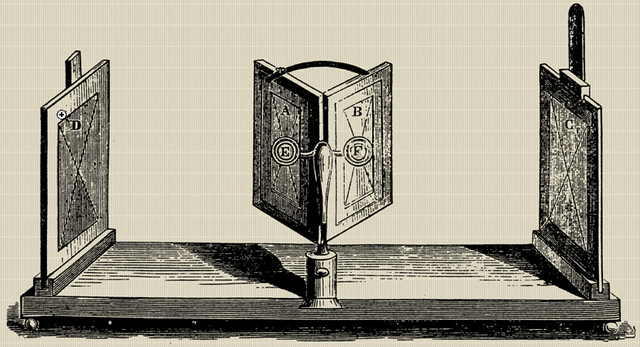
Sir David Brewster improved the stereoscope by dispensing with the mirrors, and bringing it into its existing form with lenses.
View-Master
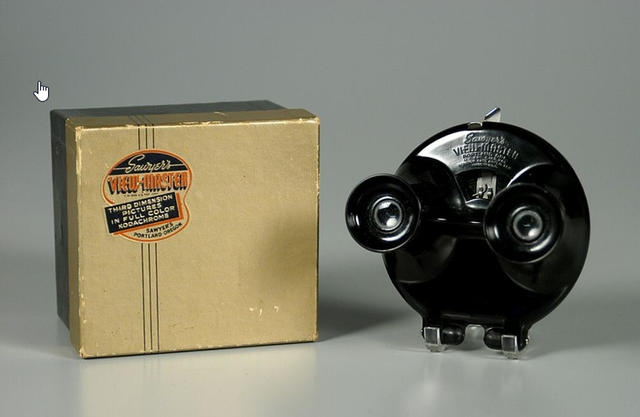
Created in 1939, this stereoscope was with cardboard disks containing seven stereoscopic 3-D pairs of small color photographs on film. It became very popular in USA and different models were produced until 2008!
Sensorama

Morton Heilig created first "real" VR gadget in 1962. The Sensorama was able to display stereoscopic 3-D images in a wide-angle view, provide body tilting, supply stereo sound, and also had tracks for wind and aromas to be triggered during the film. Heilig was unable to obtain financial backing for his visions and patents, and so the Sensorama work was halted.
The Sword of Damocles
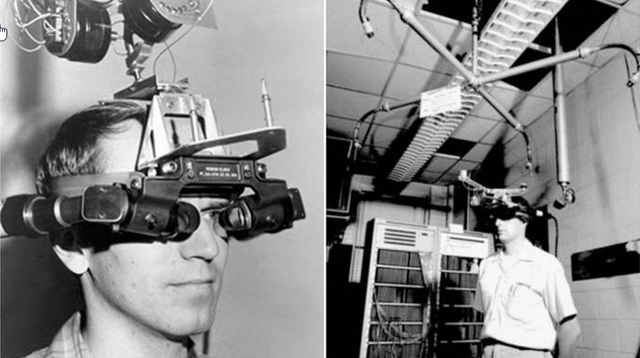
Created in 1968 by computer scientist Ivan Sutherland with the help of his student Bob Sproull it's considered as first virtual reality (VR) head-mounted display (HMD) system. It was first steps in VR technologies and it was not very comfortable one. The device was primitive both in terms of user interface and realism, and the graphics comprising the virtual environment were simple wireframe rooms. Sutherland's system displayed output from a computer program in the stereoscopic display. The perspective that the software showed the user would depend on the position of the user's gaze—which is why head tracking was necessary. The weight of Sutherland's HMD, and the need to track the head movements necessitated the HMD being attached to a mechanical arm suspended from the ceiling of the lab.
NASA VIEW
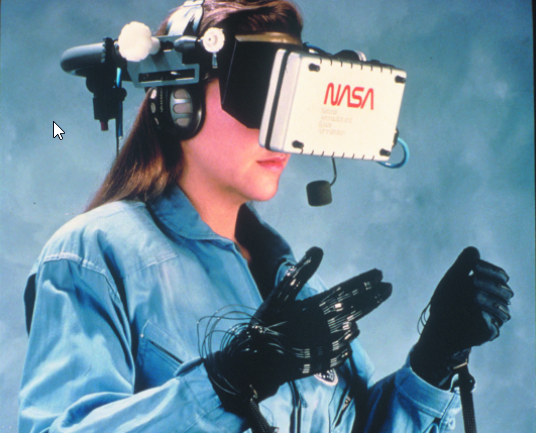
In 1985 NASA also developed their own VR headset, it even had augmented reality Glove! And this long before Oculus and Vive
For 80-es it was very advanced technology, it stayed as prototype but achievement of NASA is still exciting.
Eyephone
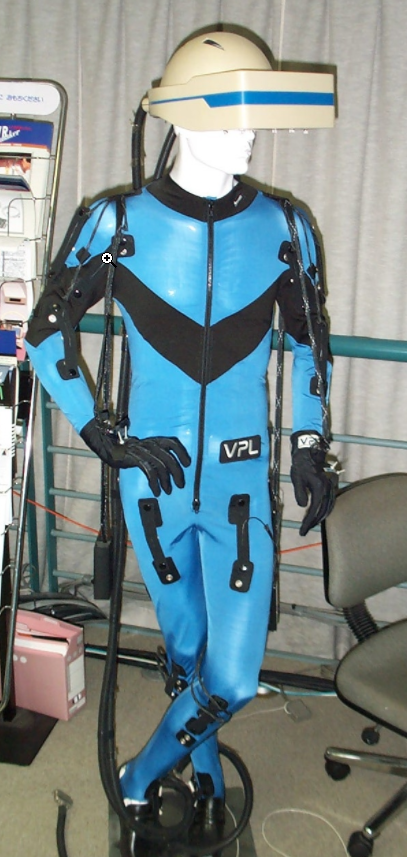
VPL Research was one of the first companies that developed and sold virtual reality products. This was a head mounted display (HMD) that was meant to immerse users into a computer simulation. It could track head movements. The headset used Fresnel lenses.
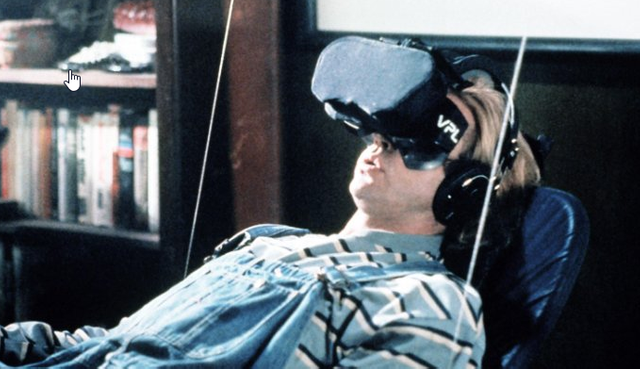
We can remember it from 1992 The Lawnmower Man movie.
Sega VR
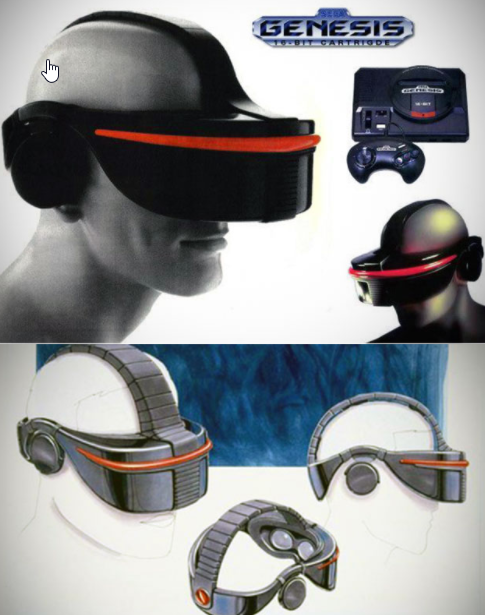
As kid this was my dream, i would trade anything for this device. Versions were planned for arcades and consoles (Sega Genesis and then Saturn). It was based on an IDEO virtual reality headset (HMD) with LCD screens in the visor and stereo headphones. Inertial sensors in the headset allowed the system to track and react to the movements of the user's head. Sega VR headset remained only a prototype, and was never released to the general public. Sega claimed to have terminated the project because the virtual reality effect was too realistic.
Nintendo Virtual Boy
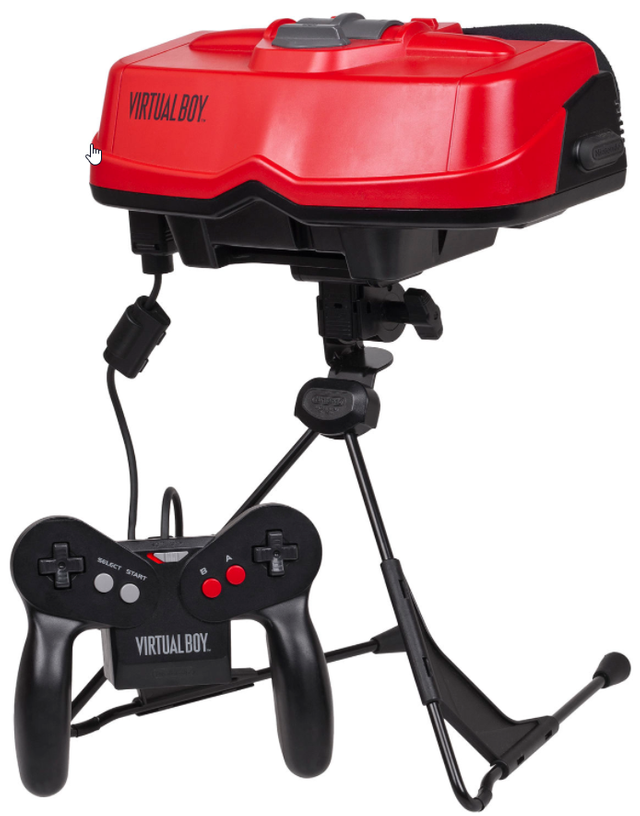
Nintendo's try on VR field and not very successful. The games use a parallax effect to create the illusion of depth. It was huge, you couldn't move with it. It had more ties to Sensorama and The Sword of Damocles than to Sega VR or NASA View.
Forte VFX1
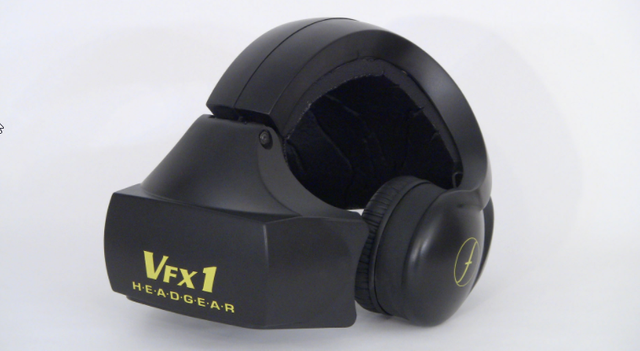
Very good try from Forte team. It offered head-tracking, stereoscopic 3D, and stereo audio. Developed in early 1990s it was very expensive (around 1000$ ) at that time and it was hard to install. Sadly this probably was one of better VR projects which was burred because of complexity. World just was not ready for it.
New Era VR
In last years there were lot of announcements of VR headsets. Technologies are developing and i hope in future we will have more advanced headsets, we can already see that VR market could be billions and billions dollars worth.
Will not talk about them as there are thousands of reviews over the web.
Oculus Rift
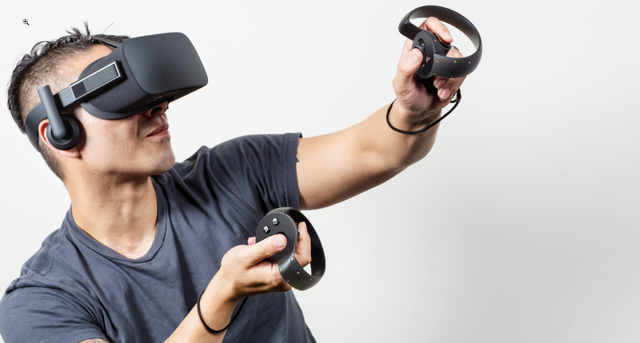
HTC Vive
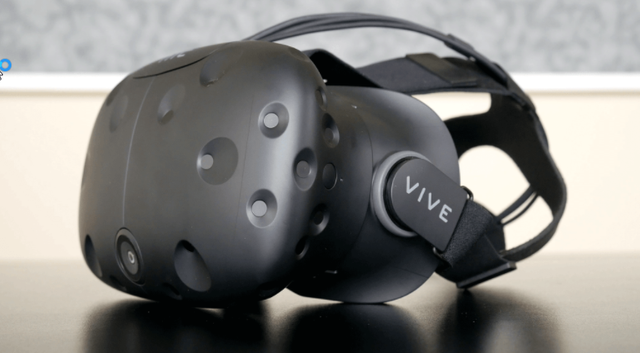
PlayStation VR
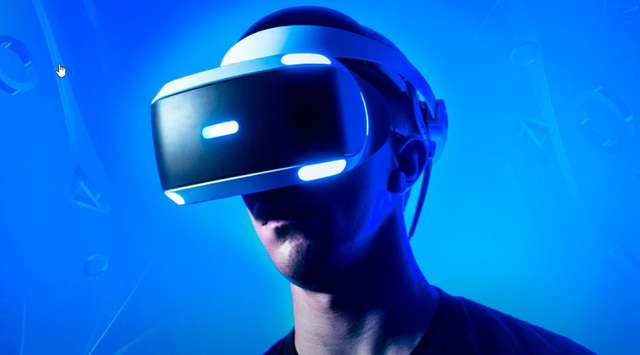
Next gen: pimax 8K

As Oculus, it started on kickstarter. Campaign was very successful 4.2 $ millions were pledged very fast. To quote developers "Pimax 8K allows users to experience VR with Peripheral vision while solving the problem of screen door effect and motion sickness". On January 25 Piamx developers announced that backers won’t see their finished headsets until Q2.
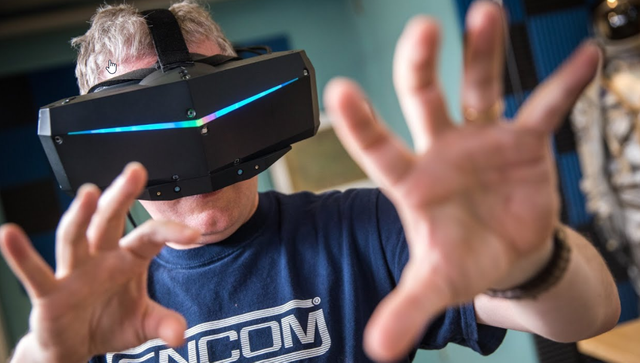
Thank you for reading my articles. Every follow and upvote is much appreciated.
Interesting article. You can also get a headset to use in combination with your smartphone. It's cheap and works very good. Google makes a headset called google daydream view. You can get it for 50 $ on amazon: https://amzn.to/2MCgqMU
Downvoting a post can decrease pending rewards and make it less visible. Common reasons:
Submit